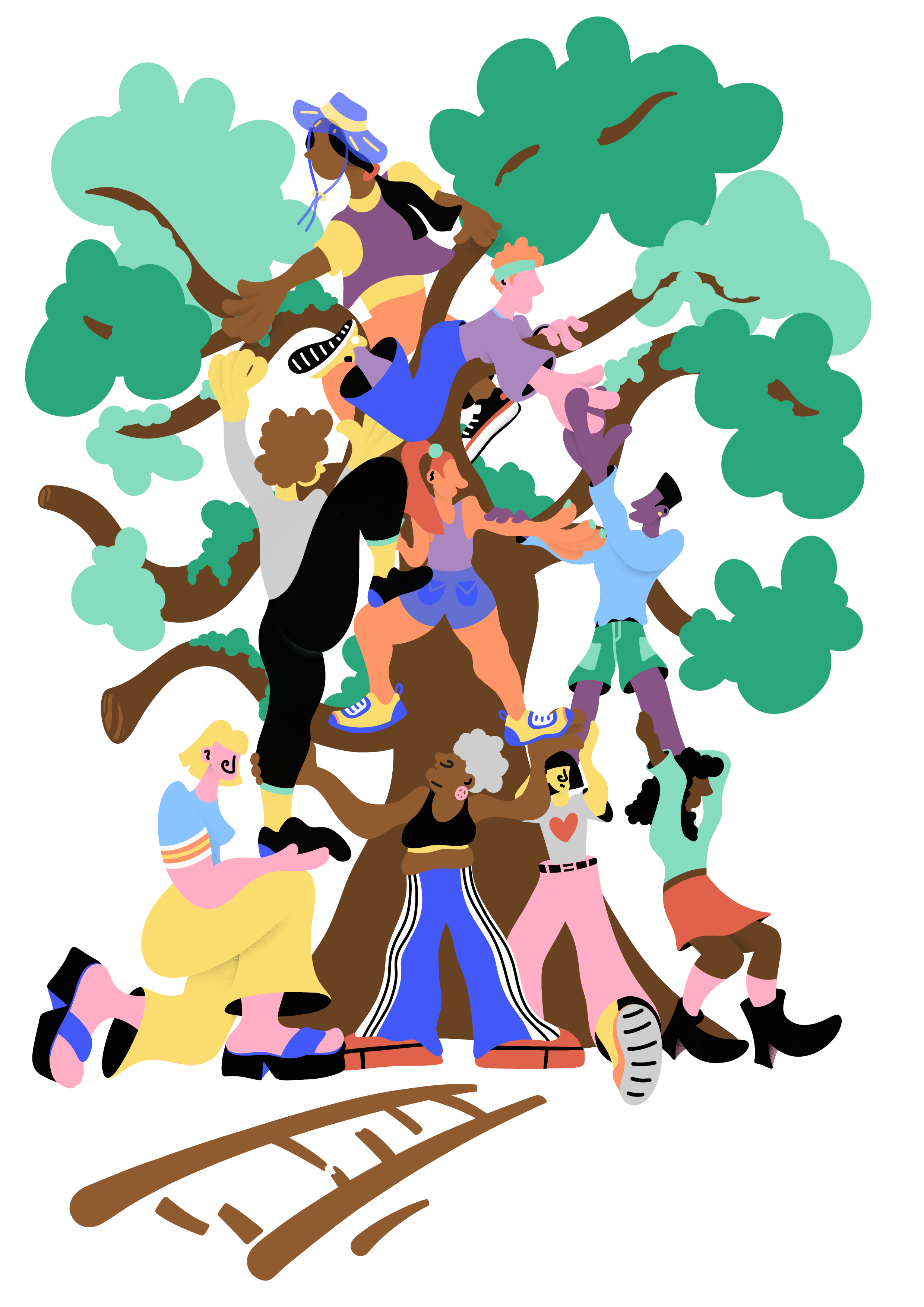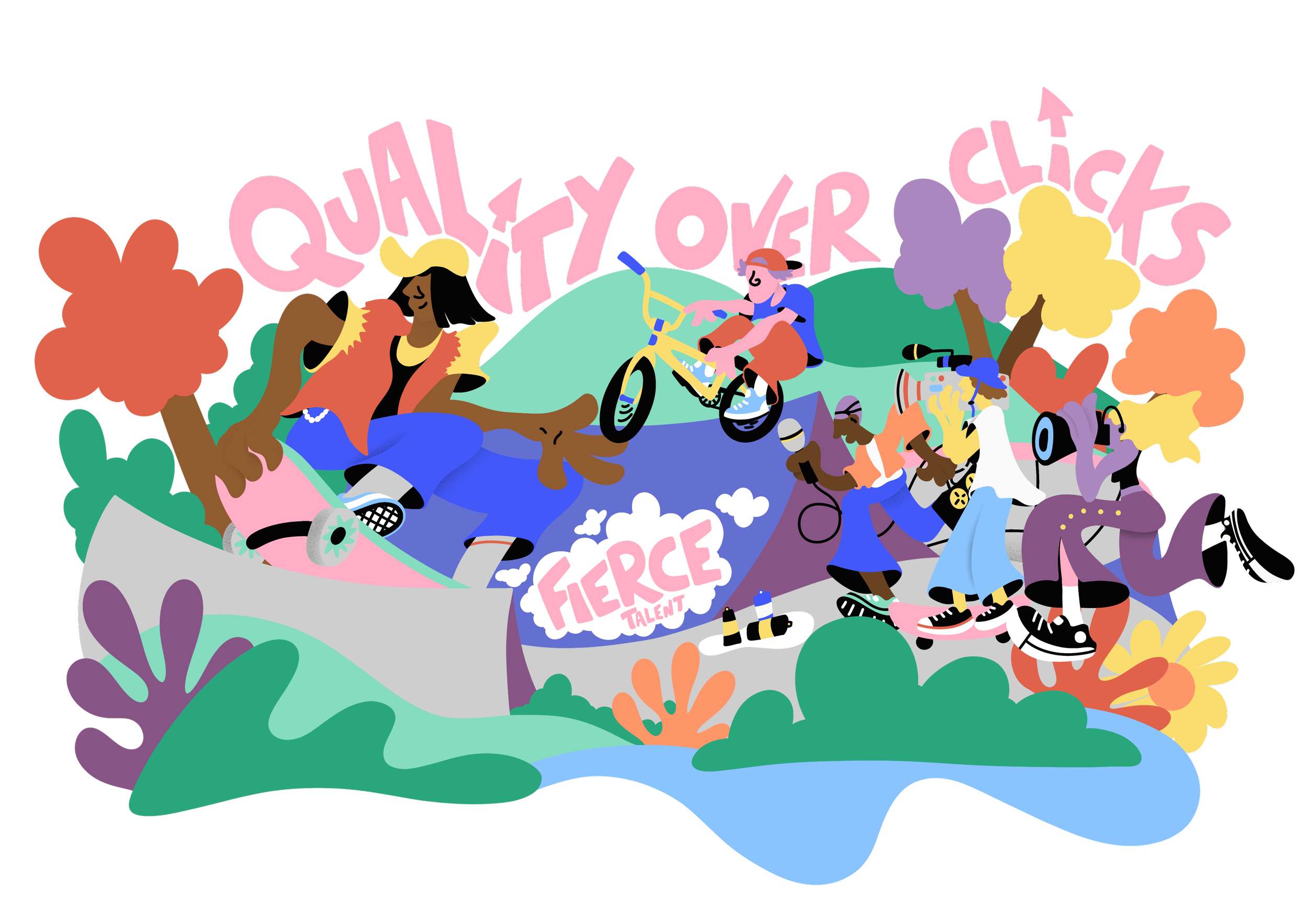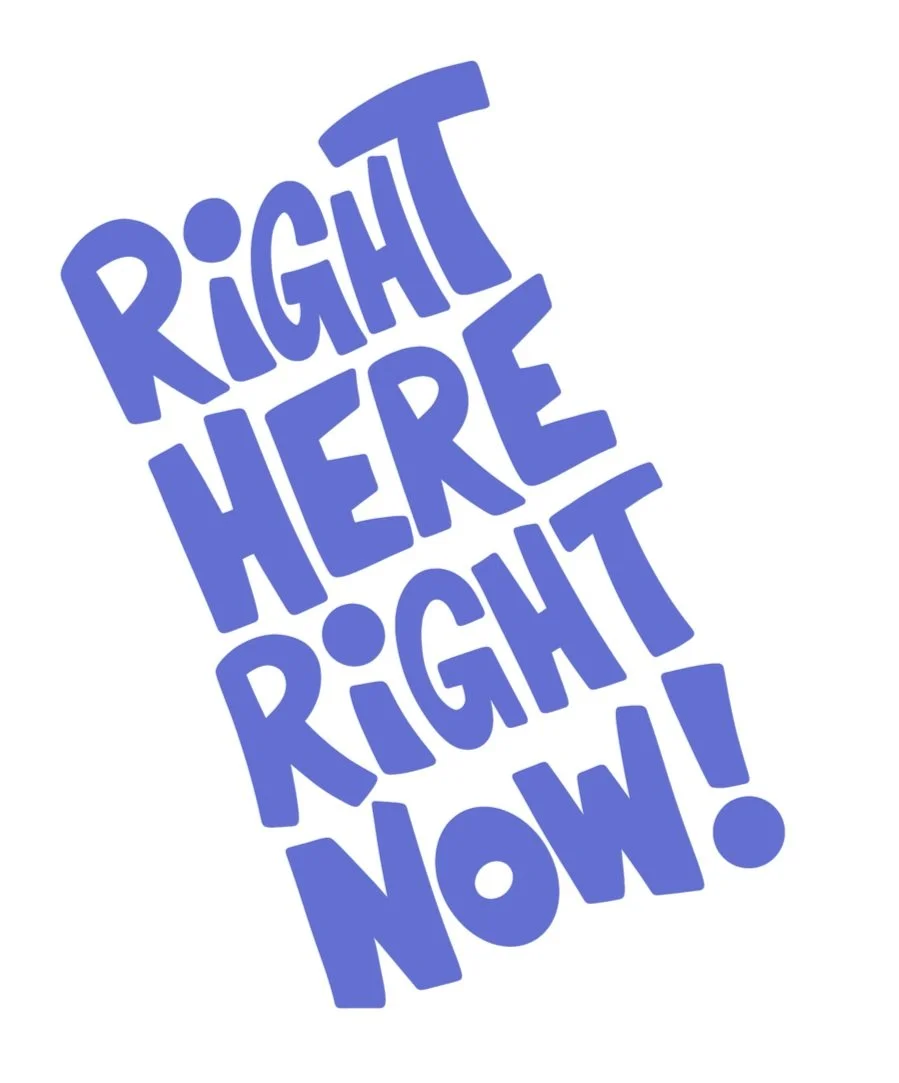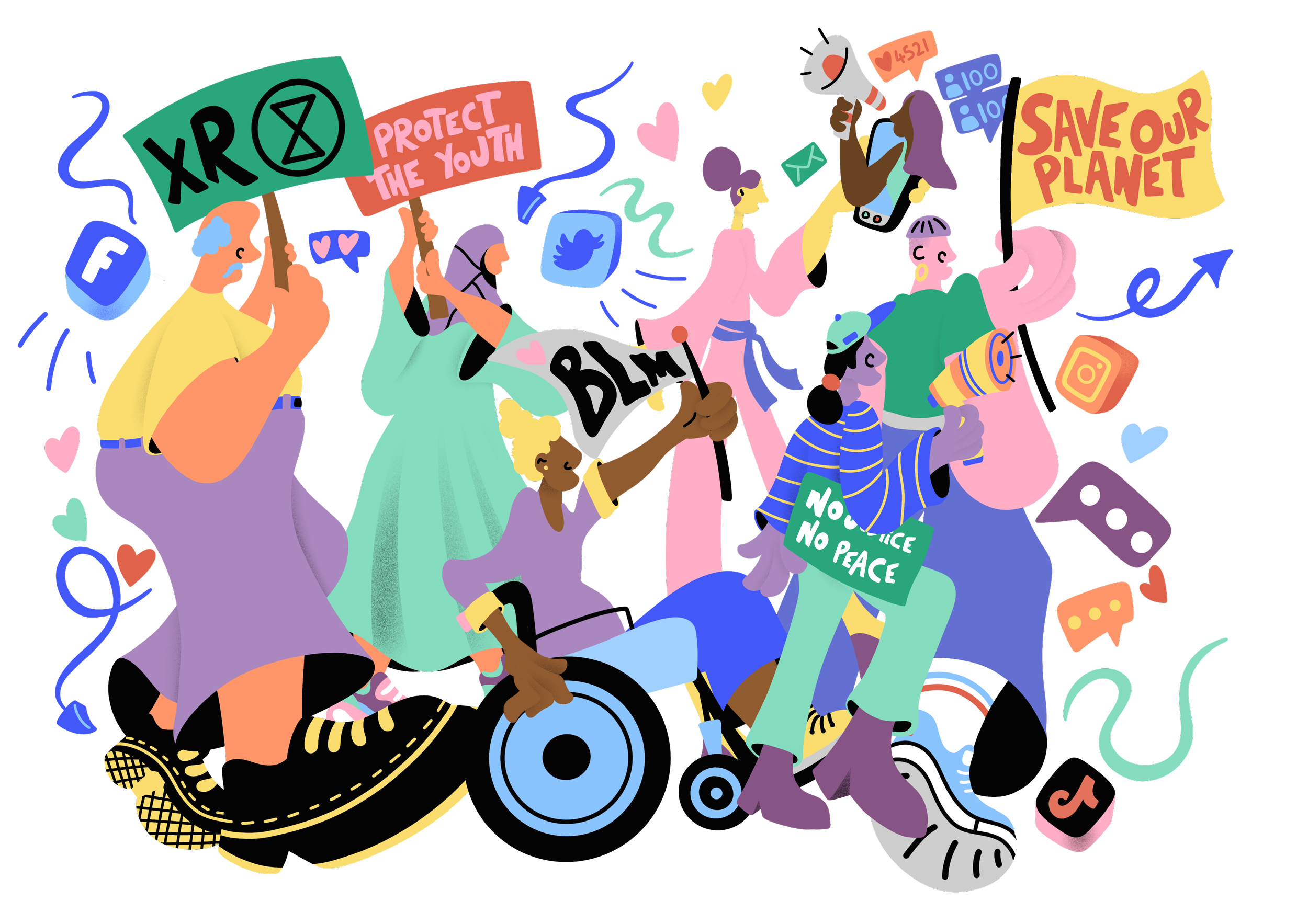
Co-creating work with young people is insightful and developmental for everyone involved, says Creative Producer Kate Hall. Here’s what she’s discovered with Jumped Up:
Creativity features in many young people’s lives, as a hobby or career pathway, through school, or as part of a club. There’s often a focus on teaching specific skills and presenting these back, from performing musical theatre to working through music exams to art competitions. An armoury of techniques and knowledge (the “how”) creates a strong foundation, but the arts is also a safe space to explore the “why”.
Subjects being tackled might include difficult or intangible emotions, such as fear or love, or complex issues, from identity to societal pressure. Despite their tender years, young people have a web of expertise and insight to delve into, and a strong appetite to do so. Exploring young participants’ own lived experience – the essential element of co-creation – can be very productive, especially in enabling them to develop additional skills such as confidence and reflection.
Jumped Up has worked in the traditional settings of schools and youth theatres for decades, delivering curriculum- and skills-based programmes. We have also delivered place-based programming and project development, questioning who the work was for and why they would be interested. It took a pandemic for these two strands to overlap.
Our emerging practice of co-creating with young people is also informed by observing the work of others, from social enterprise programme The Agency, based at Battersea Arts Centre, where activism and social change are core, to shared ideas and insights with our partners in the Moving Roots Network, especially Commonwealth Theatre, and those in the Collaborative Touring Network, especially Doorstep Arts.
We therefore fully acknowledge that we are standing on the shoulders of many others, not least the young people themselves, when reflecting on insights into co-creating with young people.
In practice: Fierce Talent
In 2021, Jumped Up Theatre worked with a diverse and dynamic team of young people to create Fierce Talent a campaign celebrating young people’s creativity in Peterborough. The project was in response to a greater value being placed by local authority partners on the use of creativity by young people to make sense of the world. We also felt that the voices of young people had been side-lined through the COVID-19 crisis and wanted to do something about it.
A campaign was designed with the young people it was about and for. We already had funding from the Esmée Fairbairn and Garfield Weston Foundations (through the Moving Roots network) to create a paid Sounding Board of local people, so we chose to have a young people’s group aged 16-20. Jumped Up also already had a successful campaign formula of poetry and film from a previous project, There Is A City, by Clare Currie. A local, youth-led funding programme, Youth Inspire, funded the creative outcome of Fierce Talent: workshops and a film.
Six young people, recruited via contacts from previous projects, came together fortnightly on Zoom to explore how to celebrate Peterborough’s young talent. The young people drove the decision-making and content. Sometimes their decisions were operational, such as choosing the poet to commission or devising a brief for the filmmakers. At other times it was about identifying the common values of the group to inform creative decisions. For instance, the use of green and open space was important to all of them for different reasons, from mental health to a place to skateboard, and this influenced the choice of locations to do the filming.
There were also moments where open dialogue produced creative challenges, such as the group asking that it was their voices that spoke the words on screen, not the adult poet. When selecting the young artists featured in the film, the Sounding Board’s savvy understanding of social media resulted in a change of line-up and, in retrospect, a better film.
The text was written by a wider group of young people through a series of workshops with lead artist and poet, Charley Genever (charleygenever.wordpress.com), through which she drafted a long-form script. Her next step was expertly allocating sections for the Sounding Board to say on film, matching their individual energies and tones that she had absorbed through meetings and workshops.
The viewing figures for the Fierce Talent weren’t too shabby, but we would have liked more. It was one of the Sounding Board who put us right on this. Diego explained that it wasn’t the number of views that was important to him but being given the space to explore and express his, and others’, points of view. In the age of click-bait and fake news, it wasn’t the numbers that counted, but the quality of opportunity, and this was reflected in the feedback from the young artists involved and their parents and carers. This value of quality over quantity of engagement is something we now remind ourselves of regularly, across our activities.
In practice: doorsteps Arts
Founded in 2013, Doorstep Arts is a non-profit arts education organisation based in Torbay. It runs numerous drama groups across the area in community spaces and schools, and is the creative education company in residence at the Palace Theatre in Paignton.
Doorstep Arts’ provision of weekly sessions with a regular group of young people building to regular performances to friends, family, and the public looks very similar to many other youth theatres. These set-ups provide a sociable and enjoyable activity for many young people, enabling them to develop skills and confidence that can serve them in their future lives, whatever career paths they choose.
Beneath the surface, Doorstep’s ideological foundation has some additional, distinctive markers which impacts on their young people’s experience with Doorstep, especially as co-creative practitioners in their own right.
In an interview with co-founder and co-director, Jade Campbell, we discover she sees herself as a collaborator with the young people, not a ‘group leader’. From early years sessions to teenage groups, the emphasis is on play and how the artist facilitators, in a team of two, present an idea or question, but it’s the young people’s responses that shapes what happens next, making them ‘owners of their own work’.
The dynamic of two creative facilitators, one of which changes as each new project starts, keeps the dialogue fresh, feeding the young people with different forms and processes. In parallel, the visiting ‘teaching’ artist needs to be both precise about their practice and open to the outcomes that a unique set of co-creators will generate. This set-up, where the core of the young people and a consistent facilitator remain but what they are fed changes, typifies Doorstep’s radically young person-centred and self-aware approach, which grows the group’s agency as well as the agency of individuals.
A structured check-in at the beginning of each session establishes the tone that equity of voice, feeling and experience are important to the group and session dynamic. This also plays out in their older youth theatre group, where auditions are based on participants’ readiness to contribute to the ensemble, rather than explicit performance skills.
Similarly, the design of the sessions is a balance of the group’s needs to work well together, to generate and hone ideas, and use the practice of the visiting artist. Room is made for discussion, where the facilitators actively decide when to step back, when to encourage challenge and when to ‘ask curious questions’ which offer a gentle steer around obstacles. Doorstep Arts facilitators expertly and gently hold the space and ‘believe that what the child(ren) has to say has importance and deserves to be elevated above everything else.’
This ethos is writ through the organisation, such as paying the young people who attend board meetings, supporting their applications for jobs, training and funding, programming curtain-raisers and scratch events, and employing former members as staff. Expert and reflective pedagogy is also built into the company. Jade is passionate about Forum Theatre, and the other co-founder and co-director Erin Walcon makes tangible her academic practice in Applied Theatre by introducing and reflecting on models of decision-making, such as the “democracy triangle”. This rigour is also reflected in the clarity of purpose of the organisation, providing safe and inclusive spaces for young people to be artists that tell stories.
Takeaways
1. Invest time and skills to create good communication. Recognising needs, taking nuanced decisions, and identifying shared values, take time over the life cycle of a project and the genesis of a long-term group in order to build everyone’s knowledge and trust. By making this investment, the process will go beyond tick-box co-design.
In Fierce Talent, this was achieved by regular purposeful conversations. Participants told us that they stuck with the process because they could see there was a specific outcome we were working towards. We also built-in time to create shared understanding and language, which built new relationships that resonated beyond the initial project.
Take time to achieve clarity over the shared core purpose – whether it’s telling a specific story or creating a change in your locality.
Our Sounding Board were paid for their time in planning sessions, placing value on their time and the opinions expressed, and establishing equity.
Other considerations around communication also came up repeatedly. There was no single social media messaging platform that everyone used, so we emailed information and then followed up with texting and phone calls, so everyone had equal access, and doors were left as participants’ situations changed – it was labour intensive but inclusive.
2. Be aware of and build from your strengths and understand their context. Previous projects working with schools and colleges had built robust relationships and enabled us to recruit a strong and diverse set of young people. We hadn’t previously understood how valued these relationships were but having leant on them and found them productive, it encouraged further work in this area, with a follow on project, Right Here, Right Now (jumpeduptheatre.com/about-rhrn), with schools and new youth groups.
Lockdown also meant that the six young people we were working with, all of them with a taste for activism and creativity, had energy and ideas, and a desire to connect, which Fierce Talent greatly benefitted from. Post-lockdown projects have required new formats as we no longer had a captive audience to work with. We continue to reflect on timescales, communication, and purpose.
3. Be flexible with your co-creation touch points. In creative projects, some decisions are instrumental (when, where, how much), others are instinctual (how it feels, what it says). By giving participants a final say over both types of decision, they had as much agency as possible, an insight into the balance of pragmatism and imagination that is professional creative practice, and different mindsets were accommodated.
This is also relevant to the recruitment and retention of participants. Lives ebb and flow; some young people can commit to regular, long-term input, others have complex pressures of their time and energies, but all will appreciate and benefit from relationships forged by co-creation.
4. Co-design the impact as well as the outcomes. The passions or ambitions of the lead organisation or artists may be what gathers in and inspires participants, but boundaries may need to be redrawn as your co-creators grow in confidence. For Fierce Talent, what was important to Jumped Up (excellent creative process, strong messaging, inclusion) was no more important than what was important to the young people (to be “seen”, to connect with others, to test ideas and learn, to have a platform for their explorations).
This can mean handing over power completely, such as when we wanted to enter Fierce Talent for an award. The team of young people asked to independently write and film their own entry – this felt like a natural and highly satisfactory next step in the co-creation process.
Activities
These activities aim to make a space for co-creators to offer up ideas and listen to other perspectives. This is particularly important when working with young people as it allows for diverse perspectives to be shared, capitalising on the richness this can feed into a creative process.
Activity – Silent debate
Useful when prioritising material, such as an objective for a campaign or a theme for a story, that allows for everyone’s preferences to be made visible and interrogated.
1. Write each individual idea onto separate pieces of paper. Spread them face up, randomly, on a table that you can all stand around. For our current campaign, Right Here Right Now, in response to the question “What would you fight for if it was taken away?” the group came up with: Environment, Creativity, Education, Skate Parks, Safety, Travel, YouTube.
2. Ask the group to, silently, put together any ideas that overlap. This may result in some being discarded if there is duplication. It can also generate a conversation about new content, such as Education + Creativity = Creative learning in school.
3. Then ask the group to again work in silence, placing the ideas in a line that shows the importance that each has to them (the most important is at the top of the ladder and the least at the bottom). What follows is that each participant makes an offer of their own priorities, and then these get moved around. It is expected that they keep reshaping each other’s lists. Try to maintain the silence until everyone has had a chance to shape the list.
4. Facilitate a conversation about why they were expressing the preferences they were. The result is unlikely to be a unanimous choice, but it does enable a depth of thinking and listening in a positive and active way, bringing more weight to choices made than a straight vote will.
Activity – Conversation Circle
A tool to interrogate a theme while ordering ideas. It can be used when working alone, in pairs or as a whole group. Depending on how it is facilitated, the content generated can be used in various ways, such as creating equity of understanding of a theme, or to explore other people’s perspectives (from audiences you want to entertain to stakeholders you want to engage).
1. Take a large piece of paper and draw on it three concentric circles (one inside another), leaving space between each and on the outside.
2. In the central circle, mind map words and/or facts that record how they as an individual relate to the chosen theme.
3. In the gap between the central circle, mind map words that capture how the theme might relate to the people close to them, friends, family etc.
4. In the next gap, continue to mind map but explore how the theme may relate to others who are in their lives, who are important but not central – people they know well but in a framework which could exist without their participation, such as your neighbourhood, school, club etc.
5. And then, on the outside of the circle, mind map how the theme relates to those you know exist but you don’t have a meaningful relationship with, from politicians to influencers.
6. Discuss with others, adding detail and additional content.
7. Using highlighters and draw arrows to mark overlaps, differences and surprises.






